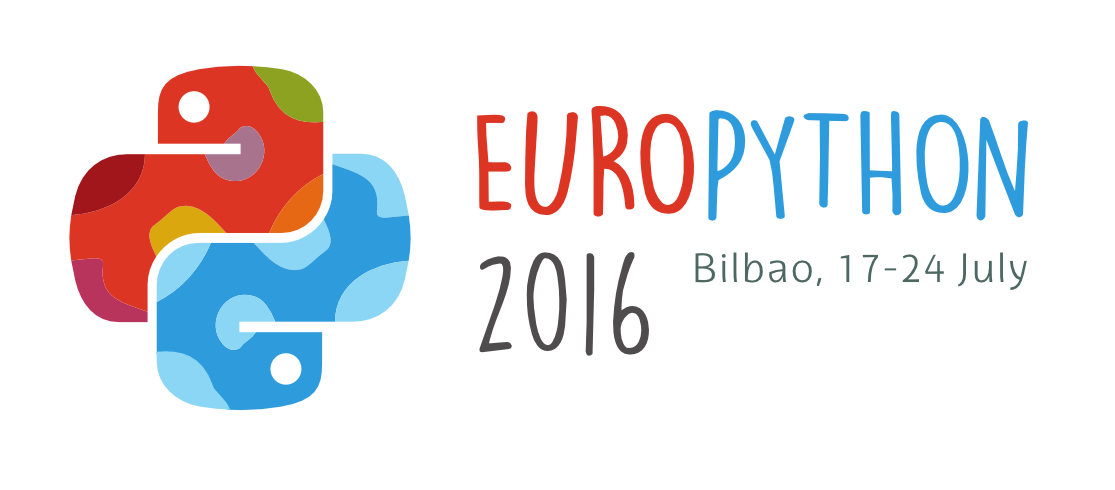Efficient Python for High-Performance Parallel Computing
Many of the examples you often find on parallel Python focus on the mechanics of getting the parallel infrastructure working with your code, and not on actually building good portable parallel Python. This tutorial is intended to be a broad introduction to writing high-performance parallel Python that is well suited to both the beginner and the veteran developer. Parallel efficiency starts with the speed of the target code itself, so we will start with how to evolve code from for-loops to Python looping constructs and vector programming. We will also discuss tools and techniques to optimize your code for speed and memory performance.
The tutorial will overview working with the common parallel communication technologies (threading, multiprocessing, MPI) and introduce the use of parallel programming models such as blocking and non-blocking pipes, asynchronous and iterative conditional maps, and map-reduce. We will discuss strategies for extending parallel workflow to utilize hierarchical and heterogeneous computing, distributed parallel computing, and job schedulers. We then return our focus to the speeding up our target code by leveraging parallelism within compiled code using Cython.
At the end of the tutorial, participants should be able to write simple parallel Python scripts, make use of effective parallel programming techniques, and have a framework in place to leverage the power of Python in High-Performance Computing.
The Jupyter notebooks for this session can be found here: https://github.com/mmckerns/tuthpc

- sw requirements;
- student background;
- timings and metodologies;
Thx+Peace,
R.